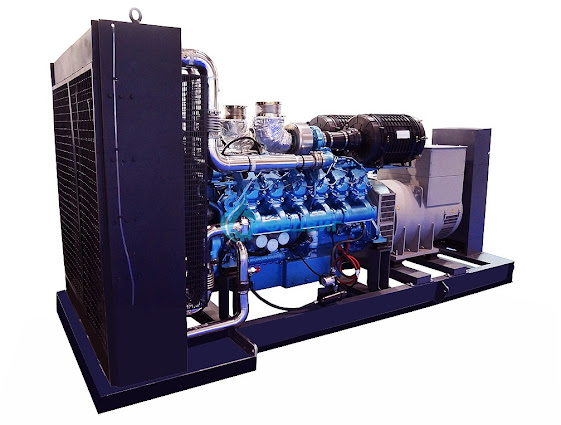Hydrogen Storage: Potential Solutions for a Carbon-Free Transportation Future
 |
| Hydrogen Storage |
Introduction to Hydrogen Storage
With mounting concerns over climate change and global dependence on fossil
fuels, hydrogen has emerged as a promising carbon-free alternative fuel source.
As an energy carrier, hydrogen offers nearly three times more energy per unit
mass than gasoline. When utilized in a fuel cell, hydrogen produces only water,
offering a clean solution for powering vehicles, homes, and industries. For
hydrogen to become a practical energy carrier, safe and efficient methods must
be developed to store it onboard vehicles or in stationary installations. This
article explores the current state of hydrogen storage technologies and their
potential to enable a hydrogen economy.
Physical Storage Methods
The simplest method of physically storing hydrogen is to compress it into
high-pressure gas cylinders or tanks. Pressurizing hydrogen to pressures from
5,000 to 10,000 pounds per square inch (psi) allows sufficient energy densities
for mobile applications like fuel cell vehicles. However, high-pressure tanks
require heavier and more voluminous tank structures to withstand such
pressures, reducing overall vehicle range. Liquid Hydrogen
Storage offers higher densities but requires complex cryogenic systems
to keep hydrogen at temperatures below -252°C. Besides costly refrigeration
needs, phase changes during fueling and use result in significant energy
losses.
Chemical Storage in Metal Hydrides
Metal hydrides chemically bond hydrogen within a solid-state crystalline
material. These materials can reversibly absorb and desorb hydrogen via
exothermic and endothermic reactions. This enables hydrogen storage at moderate
pressures and temperatures compared to physical methods. Common hydride-forming
metals investigated include magnesium, sodium, and lithium alloys. While able
to store more hydrogen per unit volume than compressed gas, typical hydride
gravimetric densities remain insufficient for widespread vehicle adoption.
Researchers continue optimizing hydrides with lighter-weight elements and
nanostructuring to improve densities.
Liquid Organic Hydrogen Carriers
Certain liquid organic compounds canChemically store hydrogen through
reversible hydrogenation reactions. These liquid organic hydrogen carriers
(LOHCs) offer volumetric hydrogen densities comparable to liquefied hydrogen
but remain stable as liquids at moderate temperatures and pressures. Promising
LOHC molecules feature benzene or longer alkane backbones that can absorb up to
8% of their weight in molecular hydrogen. The carrier is dehydrogenated to
release hydrogen for fuel cells. Challenges include developing efficient
catalysts for rapid fueling/discharging and recycling the carrier liquid for
reuse. LOHCs show promise as an alternative to high-pressure tanks, especially
for stationary power generation refueling.
Novel Carbon-Based Storage Materials
Advanced carbon nanomaterials like fullerenes, carbon nanotubes, and graphene
demonstrate exceptional potential for safely storing hydrogen through surface
adsorption and spillover mechanisms. These mechanisms involve dissociating
hydrogen molecules which are then stored as atomic hydrogen within the
material’s surface cavities and outer layers. Gravimetric capacities approach
Department of Energy targets of 5.5 weight% when optimized. Further work
engineering defects, doping elements, and controlling aggregations could lead
to superior system-level storage at ambient conditions. However, challenges
remain to develop scalable synthesis methods and realize practical storage
densities at reasonable costs.
Each hydrogen storage method exhibits advantages
and limitations based on technical maturity, energy density, regulatory
challenges, and cost. While compressed gas tanks remain the dominant approach
today, alternative storage solutions may better enable a sustainable hydrogen
economy. Metal hydrides address density shortfalls but need lighter
hydride-forming compositions. LOHCs represent a promising intermediate
solution, but more efficient refueling processes must be developed. Novel
carbon nanomaterials could potentially exceed all targets if material optimization
and scale-up issues are overcome. Going forward, technology advancements
integrating several storage approaches may be required, along with
complementary efforts in hydrogen production, transportation infrastructure,
and fuel cell commercialization. With further progress, hydrogen storage has
the potential to play a pivotal role in decarbonizing transportation networks
worldwide

%20Treatment%20(1).jpg)

Comments
Post a Comment